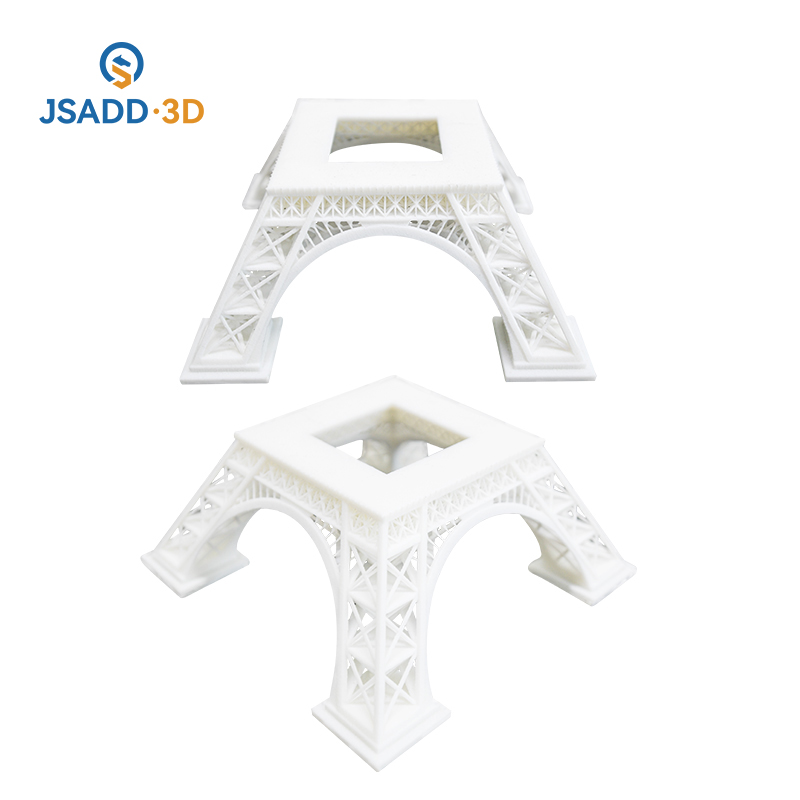Selective Laser Sintering 3D printing is a 3D printing technology based on a laser beam and powder, also known as SLS (Selective Laser Sintering) printing. In this technique, the laser beam sintered a specific area of powder by scanning it layer by layer to sinter it into a solid model.
SLS is a highly efficient technology that can produce large quantities in a short period of time. Compared to other 3D printing technologies, it can be mass-produced and complex parts can be mass-produced quickly.
SLS is gaining attention and application due to its advantages of high precision, high efficiency and wide material applicability:
- Strength and durability: Sintered parts have good mechanical properties, making them suitable for functional and durable components.
- Design Freedom: It makes complex shapes and customisation possible through its unique advantages.
- No material waste: Unsintered powder can be recycled, which means that material utilisation is efficient and cost-effective. SLS 3D printing is more cost-effective than other 3D printing technologies and traditional manufacturing processes. Since the powder used in the process can be recycled and reused for future prints, material waste and production costs are reduced.
SLS (Selective Laser Sintering) 3D printing services are widely used in a number of areas, including but not limited to:
a. Industrial manufacturing: for rapid prototyping and small batch production.
b. Automotive: for the manufacture of complex components and tooling.
c. Aerospace: for the production of lightweight and high-strength components.
d. Medical: for customised medical devices and implants.
e. Education and the Arts: Use SLS’s design and education tools to help students and designers with complex prototyping.
f. Consumer goods: to design flexible and personalised products.







